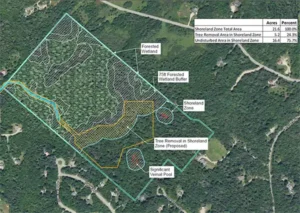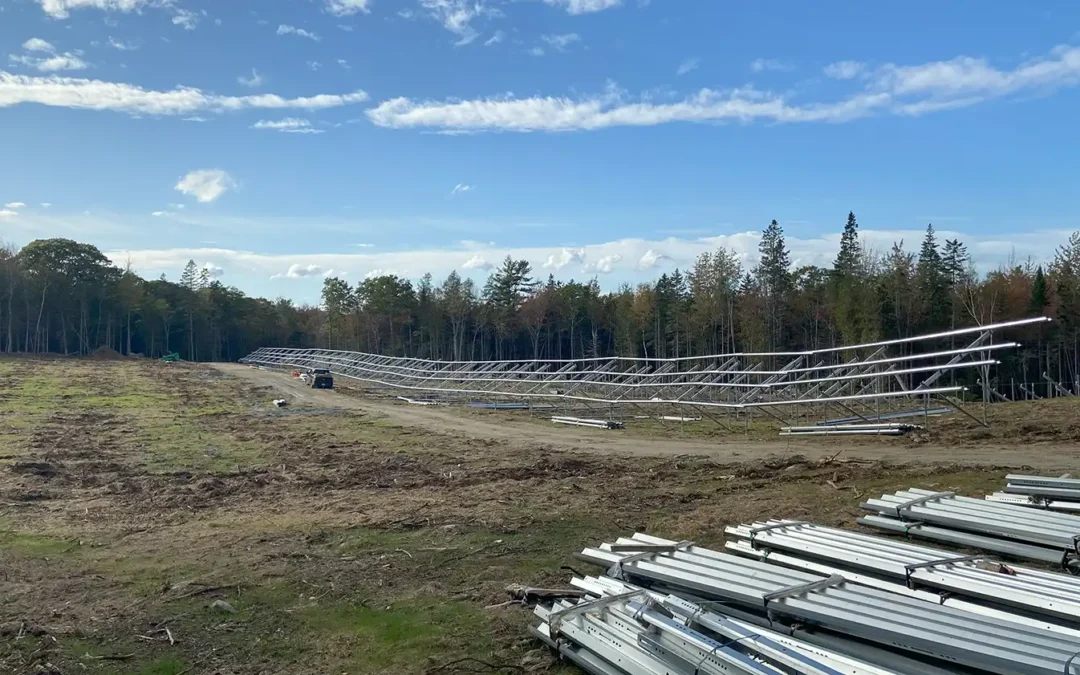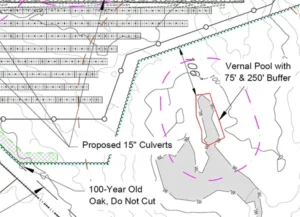Trees.
In many ways, trees are part of what make the communities we serve special. Driving through New England, New York, Colorado, or even New Mexico in the Fall, tourists and life-long residents enjoy some of the most vibrant colors across beautiful landscapes as the leaves change. Hikers and nature lovers alike explore what seems like endless forests, listen to birds, and look for the many other animals that inhabit the area.
It is understandable why many are concerned about the clearing of trees from patches of land for solar panels. We want to clear the air about something… and solar panels will do just that!
As you may have learned in a grade-school science class, trees help filter carbon dioxide from the air. In return, they produce much of the oxygen we breathe. In fact, a mature tree filters about 48 pounds of carbon dioxide per year. An acre of land can hold anywhere from 100-200 trees depending on size and density. This means that one acre of land could reduce carbon dioxide emissions by 9,600 pounds each year. There is, however, a limit to how much carbon dioxide a tree can take in, and to mitigate the natural emissions, along with human emissions, a LOT more trees would need to be planted. According to NASA, it could take 1,000 years or more to plant enough trees to offset climate change and require a forest as large as the United States and Canada combined.
Solar panels.

Solar panels.
Now, imagine a solar farm that has recently been built in your area, requiring the clearing of about nine and a half acres of land. The combined solar panels on this farm can generate about 2 megawatts of electricity every year. Columbia University says using just one acre of solar to generate electricity instead of natural gas reduces carbon dioxide by 175 to 198 metric tons every year! Far more than the capability of a forest of the same size. With the lifespan of solar panels being anywhere from 20 – 30 years, a solar farm opens the door for huge emissions reductions in a much shorter period of time than planting new trees and waiting decades for them to mature.
A growing number of studies from respected universities and scientists have all come to similar conclusions about the environmental impact of forests and solar panels. While we absolutely love them, it’s unrealistic to rely solely on trees to reverse the adverse effects humans have created through fossil fuel emissions. There simply is too much carbon dioxide in the atmosphere for the forests on the planet to process. Reducing our reliance on natural gas to generate electricity and making the switch to clean, renewable solar energy is a far more effective and faster road to reversing climate change. And the relatively small area needed for a solar farm will ensure plenty of trees continue to provide beautiful views of Fall foliage for decades to come.

